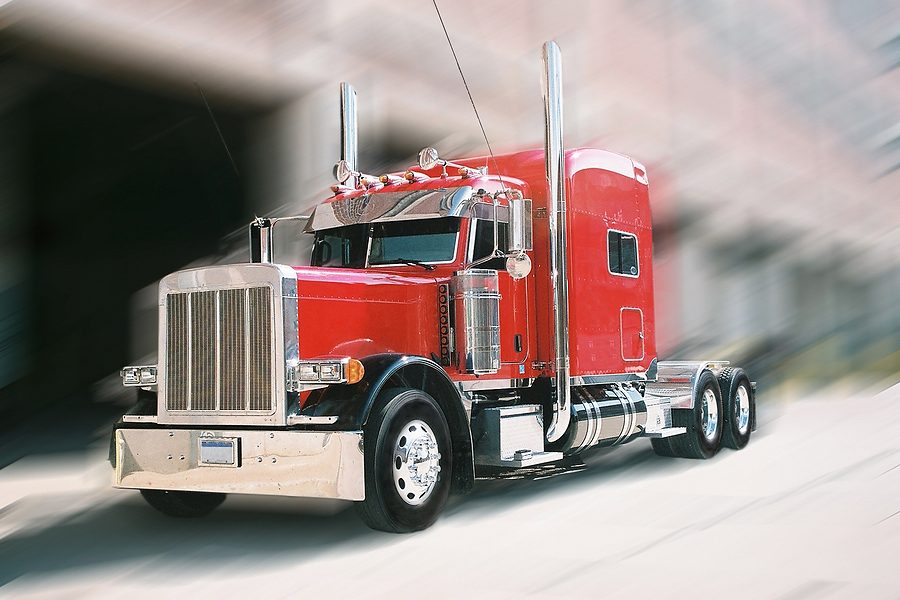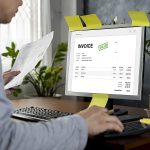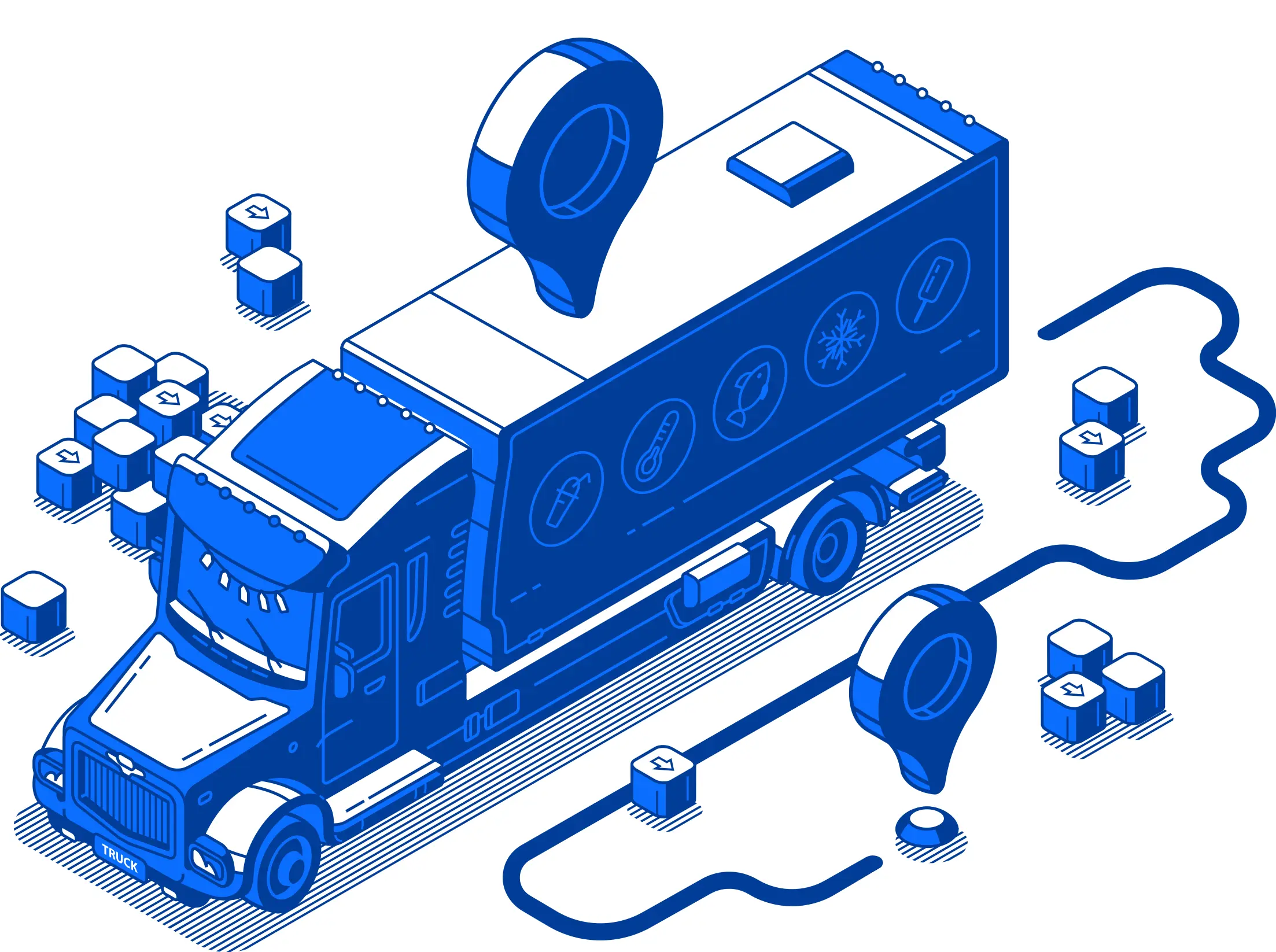When you want to grow your business or keep your current trucking business afloat, a line of credit is one of the best ways to do this. There are secured and unsecured lines of credit, and there are different products and rates with each one. Understanding how they work and what happens with each one is something to know before you take one out.
The History of Money Lending
Back in the 1800s, borrowing money wasn’t always possible for people. It wasn’t until the 1830s that the first loan products from a financial institution were available, but even then, it wasn’t common to find a line of credit with terms exceeding 10 years. Most products averaged five years.
When Henry Ford’s first cars came out, few could afford them. He came up with a way for people to make payments each week and pay it off over time. Once they’d made the final payment, they could pick up their car. This wasn’t popular as people didn’t want to wait months or years to pick up their new car. General Motors created the first car loan in order to draw people to its cars. Ford followed suit.
That helped forge the way towards loan products you know today. Diners Club was the first credit card in 1950, and revolving credit launched in the late 1950s. With revolving credit set up, products like a business line of credit make it easier to start and grow a business.
What Is a Line of Credit? How Does It Work?
A line of credit is a loan product that works similar to a credit card only there are timelines in place for when you start paying off the money you borrow.
When a business line of credit is approved, you have a card you can charge purchases or pay bills with. You don’t get the money in one lump sum. Like a credit card, you use the card to pay bills, purchase necessary items, etc., and make payments each month. Those payments cover the interest and start to pay down the balance.
Unlike some business loans, you don’t have to give a specific reason for the money. If you qualify for the loan, you’re not locked into using it to purchase a new truck or a commercial building. You can use some of the funds to pay for building improvements and some to upgrade to newer trucks. It’s up to you how you use it, but you are required to pay back any of the money you use.
Say you qualify for a line of credit that has a 9% interest rate. You’re authorized to draw up to $25,000 in funds. You’re in the middle of a slow period and your older office copier dies. A new one is going to cost $2,500, which isn’t money you want to take from savings. You could use the line of credit to pay for it and then pay it back when work picks up.
You now have $2,500 drawn from your line of credit. To cover the interest, you’d need to make payments of $218.63 over 12 months to pay it off. The 9% interest adds $123.56 to the amount you withdrew.
Because you don’t have to take all of the money at once, you have better control over how much you use and how much you have to pay back each month. The lender will set a maximum limit on how big your credit line is. You cannot spend more than that. If you try, like a credit card, the charge will be denied.
Secured vs. Unsecured Lines of Credit
There are secured and unsecured lines of credit. If it’s secured, you have to give something as collateral. If you don’t repay as promised, the lender takes possession of the collateral to pay off the amount you own. It might be your trucks, your building, or something else that is of value within your business.
Unsecured lines of credit do not require collateral. The interest rates are higher because the financial institution takes on more risk if you don’t pay. Any unpaid debt becomes their loss, which impacts their finances. Unsecured lines of credit are generally reserved for credit lines under $25,000 or less. If you request more credit than that, a financial institution will likely require collateral.
No matter which you choose, they both impact your business credit score. It is a loan product, so it shows as money you’ve borrowed as long as you aren’t carrying a $0 balance. If you have paid it off, it will show as an open account that’s been paid.
To lessen the impact on your credit score, make sure you make payments on time and don’t miss any. If there’s a dispute, report it ASAP. As soon as you have a late payment, it’s going to show up on your credit report as money that was owed and not paid. That might keep brokers and shippers from choosing you to haul loads for them.
If you make every payment on time and use your business line of credit responsibly, it helps boost your credit score. It ends up helping you look better to future clients and lenders.
When Is a Line of Credit the Best Choice?
When is a line of credit the best choice for your trucking company? It’s great for short-term funding, which is ideal for covering slowdowns. Trucking can be busier at some times of the year and slow to a crawl at others. If you find yourself constantly running out of work for your drivers between Christmas and spring’s gardening season, you can use a line of credit to cover the revenues you lose.
When it is busy again, pay off your line of credit at that point. The line of credit helps keep your business afloat when work is sparse.
If you’ve been using a business credit card to cover expenses, the interest rates are likely over 20% at this point. As the Feds kept increasing the prime rate, credit card interest rates skyrocketed. If you’re paying interest rates that high, a business line of credit is much more affordable.
Why Choose Saint John Capital?
Saint John Capital specializes in the trucking industry and has all the insider knowledge to ensure the products offered help all sizes of fleets. In addition to the favorable line of credit options, our freight factoring services help you get paid quickly for the lowest possible factoring fees.
Learn more about a Saint John Capital line of credit for your trucking company. We make it easier to maintain a strong cash flow and have the money needed if an emergency arises.











